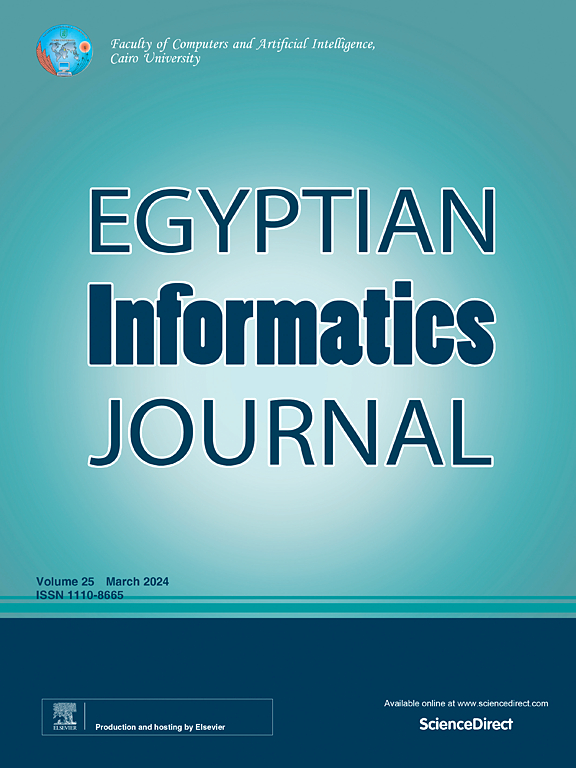Symbolic regression and interpretable ensemble learning approach in determining early onset of diabetic peripheral neuropathy
IF 4.3
3区 计算机科学
Q1 COMPUTER SCIENCE, ARTIFICIAL INTELLIGENCE
引用次数: 0
Abstract
The detrimental consequences of diabetic peripheral neuropathy (DPN), a prevalent comorbidity of type 2 diabetic mellitus, include heightened morbidity and mortality, as well as a reduced quality of life. Unfortunately, this condition has been identified on a frequent basis in recent years, but it is either inadequately diagnosed or remains untreated. Diabetic peripheral neuropathy is caused and advances by a complex interplay of metabolic process imbalance, immune system dysfunction, oxidative stress, and endothelial dysfunction each of which has an impact on its multifactorial pathogenesis. Acquiring information on the physiological traits associated with the DPN group can assist in recognizing and explaining the possible development of early warning systems. The key goal of this investigation is to comprehensively examine the physiological traits that differentiate the DPN and No DPN groups. Our present research has resulted in the creation of precise prediction models that can effectively distinguish between individuals with DPN and those without DPN based on physiological characteristics. Additionally, we employed model-agnostic techniques to convert a black box model into a transparent model, allowing us to get insights into the underlying physiological characteristics of the two groups. We also used Qlattice symbolic regression method to develop transparent models exhibiting a non-linear relationship between DPN and the collective effect of Urea and Endocan, which are the two most important potential biomarkers.
符号回归和可解释的集合学习方法在确定早期发病的糖尿病周围神经病变
糖尿病周围神经病变(DPN)是2型糖尿病的常见合并症,其有害后果包括发病率和死亡率升高,以及生活质量下降。不幸的是,近年来这种情况经常被发现,但要么诊断不充分,要么得不到治疗。糖尿病周围神经病变是由代谢过程失衡、免疫系统功能障碍、氧化应激和内皮功能障碍等复杂的相互作用引起和发展的,每一个因素都对其多因素发病机制产生影响。获取与DPN组相关的生理特征信息有助于认识和解释早期预警系统的可能发展。本研究的主要目的是全面研究区分DPN和非DPN组的生理特征。我们目前的研究已经建立了精确的预测模型,可以根据生理特征有效地区分DPN患者和非DPN患者。此外,我们采用模型不可知技术将黑箱模型转换为透明模型,使我们能够深入了解两组的潜在生理特征。我们还使用Qlattice符号回归方法建立了透明模型,显示了DPN与尿素和Endocan(两种最重要的潜在生物标志物)的集体效应之间的非线性关系。
本文章由计算机程序翻译,如有差异,请以英文原文为准。
求助全文
约1分钟内获得全文
求助全文
来源期刊

Egyptian Informatics Journal
Decision Sciences-Management Science and Operations Research
CiteScore
11.10
自引率
1.90%
发文量
59
审稿时长
110 days
期刊介绍:
The Egyptian Informatics Journal is published by the Faculty of Computers and Artificial Intelligence, Cairo University. This Journal provides a forum for the state-of-the-art research and development in the fields of computing, including computer sciences, information technologies, information systems, operations research and decision support. Innovative and not-previously-published work in subjects covered by the Journal is encouraged to be submitted, whether from academic, research or commercial sources.
 求助内容:
求助内容: 应助结果提醒方式:
应助结果提醒方式:


